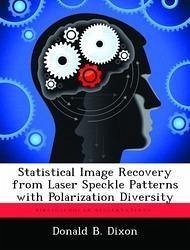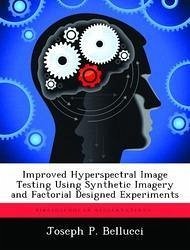Nicht lieferbar

Statistical Image Recovery from Laser Speckle Patterns with Polarization Diversity
Versandkostenfrei!
Nicht lieferbar
This research extends the theory and understanding of the laser speckle imaging technique. This non-traditional imaging technique may be employed to improve space situational awareness and image deep space objects from a ground-based sensor system. The use of this technique is motivated by the ability to overcome aperture size limitations and the distortion effects from Earth's atmosphere. Laser speckle imaging is a lensless, coherent method for forming two-dimensional images from their autocorrelation functions. Phase retrieval from autocorrelation data is an ill-posed problem where multiple ...
This research extends the theory and understanding of the laser speckle imaging technique. This non-traditional imaging technique may be employed to improve space situational awareness and image deep space objects from a ground-based sensor system. The use of this technique is motivated by the ability to overcome aperture size limitations and the distortion effects from Earth's atmosphere. Laser speckle imaging is a lensless, coherent method for forming two-dimensional images from their autocorrelation functions. Phase retrieval from autocorrelation data is an ill-posed problem where multiple solutions exist. This research introduces polarization diversity as a method for obtaining additional information so the structure of the object being reconstructed can be improved. Results show that in some cases the images restored using polarization diversity are superior to those reconstructed without it.







